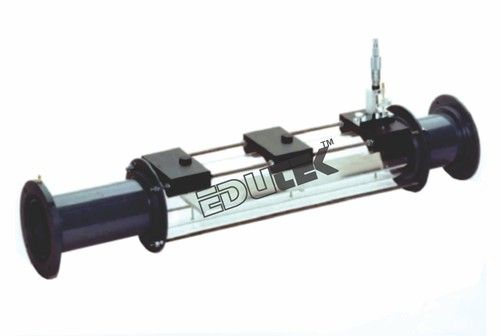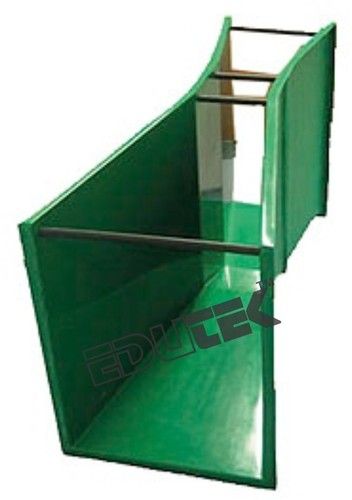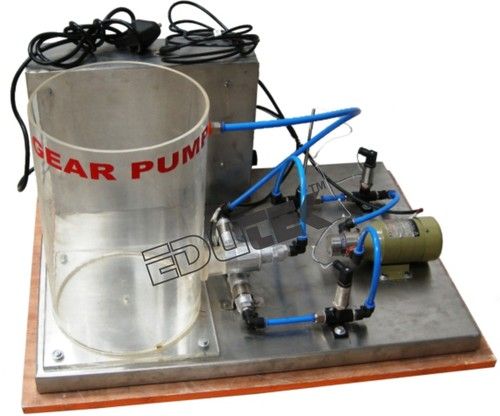Measurement Of Boundary Layer
Product Details:
X
Product Description
MEASUREMENT OF BOUNDARY LAYERS
- The boundary layer is formed along a surface of a body in incident flow due to the adhesion of the flowing fluid, e.g. air. Internal friction in the fluid causes a change in the flow course and affects flow resistance and flow velocity. Investigations of the boundary layer provide insights that can be applied to aircraft construction or shipbuilding.
- By using the experimental unit in the experimental plant it is possible to measure and study boundary layers in flows.
- The flat plate is attached in the transparent pipe and subjected to longitudinal flow. In order to minimize turbulence, the leading edge of the plate is fitted with a chamber. A vertically sliding Pitot tube is used to measure the total pressure. The total pressures can be measured at different distances to the plate surface so that the development of the boundary layer in the flow direction can be detected. An additional measuring point measures the static pressure. Both measuring points are connected to the tube manometer. The Difference of total and static pressure results in the dynamic pressure from which the velocity is calculated.
Specification:
- Investigation of the boundary layer on a flat plate.
- Plate leading edge with chamber.
- Pitot tube for measuring the total pressure.
- Additional measuring point for measuring the static pressure.
- Vertically sliding Pitot tube can be set to 3 positions along the plate in the measuring section.
- Display of static and total pressure on the tube manometer from the Air Flow Experimental Plant.
- Accessory for Air Experimental Flow Plant.
Technical Data :
- Pitot tube.
- Inner diameter: 0,6 mm.
- Vertically sliding: 0...18 mm.
- Measuring section with 3 positions along the Plate: 10mm, 210mm and 410mm from the leading edge.
Flat plate :
- L x W x H: 420 x 80 x 8mm.
- 15° chamfer facing the incident flow.
Dimensions and Weight
- L x W x H: 815 x 160 x 280 mm.
- Weight: approx.6 kg.
Tell us about your requirement

Price:
Quantity
Select Unit
- 50
- 100
- 200
- 250
- 500
- 1000+
Additional detail
+91
Email
Other Products in 'Fluid Mechanics Lab Equipment' category
"We deal all over World but our main domestic market is South India"
 |
EDUTEK INSTRUMENTATION
All Rights Reserved.(Terms of Use) Developed and Managed by Infocom Network Private Limited. |














